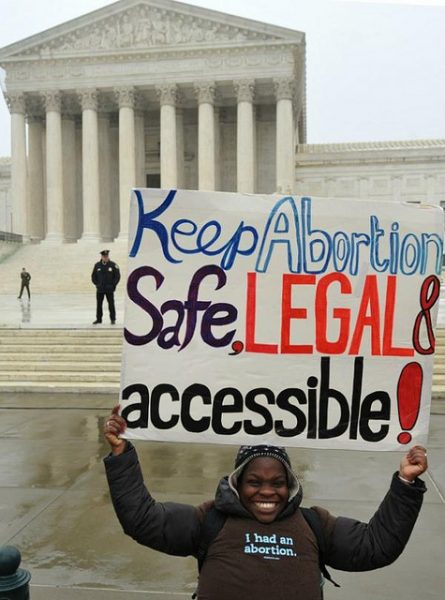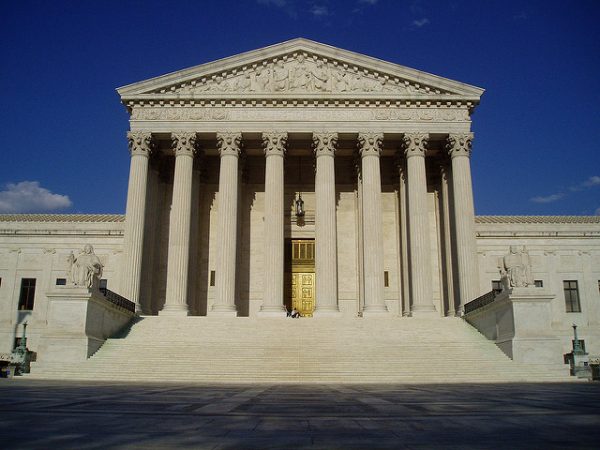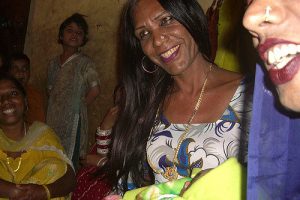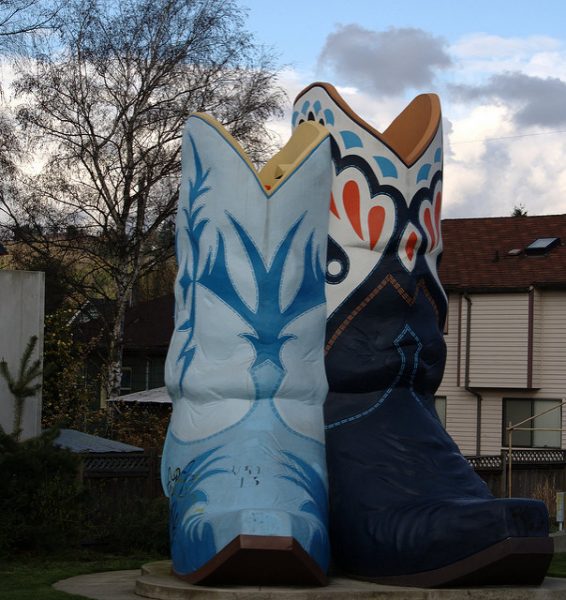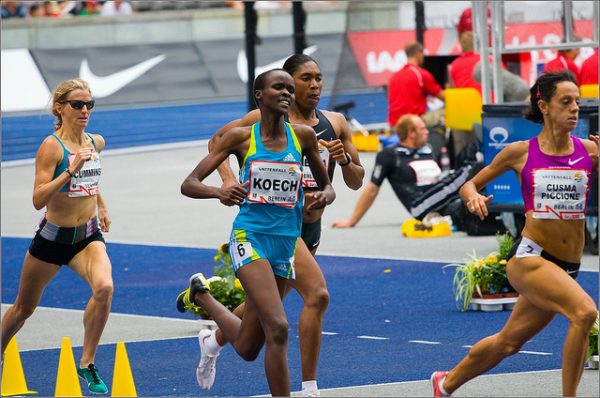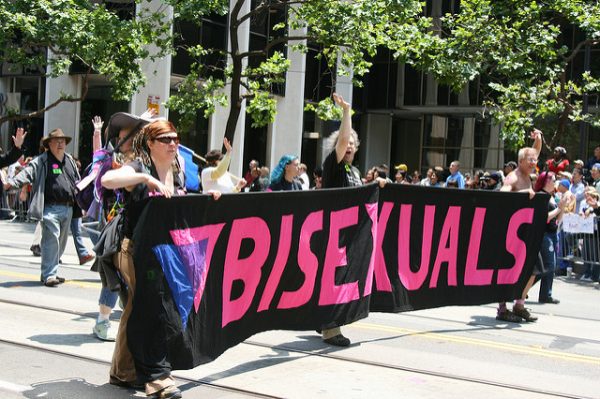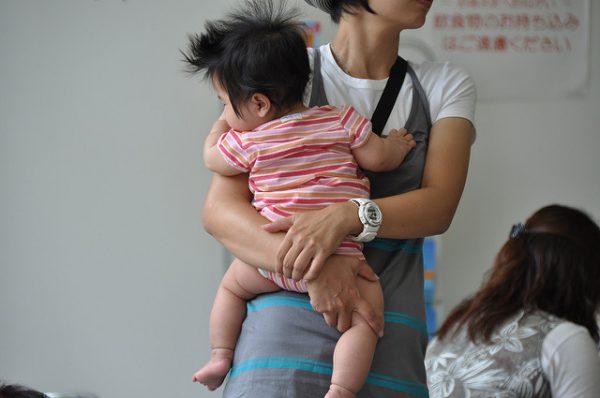
Despite the stressful experiences and the poverty that often accompany immigration, social science research shows that Hispanics as a whole fare better in health outcomes than non-Hispanic Whites. The ‘Hispanic Paradox’ refers to the fact that these good health conditions in Hispanic populations represent a curious puzzle for researchers. This is because Hispanics also exhibit low-income status, disproportionate exposure to stress factors associated with the immigration process such as learning a new language, adapting to an unfamiliar environment, and encountering persistent discrimination — factors associated with poor health outcomes.
- John M. Ruiz, Patrick Steffen, and Timothy B. Smith. 2013. “Hispanic Mortality Paradox: A Systematic Review and Meta-analysis of the Longitudinal Literature.” American Journal of Public Health 103 (3): 52-60.
- Linda C. Gallo, Frank J. Penedo, Karla Espinosa de los Monteros, and William Arguelles. 2009.”Resiliency in the Face of Disadvantage: Do Hispanic Cultural Characteristics Protect Health Outcomes?” Journal of Personality 77 (6): 1707-1746.
Some studies explain the ‘Hispanic Paradox” based on Hispanic culture-specific features that act as protective factors of health and wellbeing. They include the cultural emphasis in the development of social resources, family ties, and religious affiliations. Hispanic mothers in the United States, for example, enjoy favorable birth outcomes due to their close relationships with family, friends, and community members who provide a protective network of informal prenatal care. However, new research has found that Hispanic mothers’ adaptation to the norms of U.S. society — known as acculturation — erode these healthy behaviors.
- Michael S.McGlade, Somnath Saha, and Marie E. Dahlstrom. 2004. “The Latina Paradox: An Opportunity for Restructuring Prenatal Care Delivery.” American Journal of Public Health 94(12): 2062-2065.
- Ana F. Abraido-Lanza, Maria T. Chao, and Karen R. Florez. 2005. “Do Healthy Behaviors Decline with Greater Acculturation?: Implications for the Latino Mortality Paradox.” Social Science & Medicine 61(6): 1243-1255.
Notably, the Hispanic Paradox may not remain consistent when researchers consider the specific composition of Hispanic populations living in the United States, compared to Hispanic populations in their places of origin. For instance, Hispanics who migrate may have better health conditions than those who stay in their home countries, known as the ‘healthy migrant effect’. On the other hand, less healthy Hispanics may be more likely to return to their home countries and thus less likely to participate in research studies, what is called ‘the salmon bias’. A study of Hispanics tested both the ‘healthy migrant’ and ‘the salmon bias’ effects among Cubans (for whom returning to their home countries is not feasible), Puerto Ricans, and U.S.-born Hispanics (whose deaths are recorded in the U.S. national statistics). Findings reveal that lower mortality for Hispanics remains constant, even when controlling for these alternative hypotheses.
Alberto Palloni and Elizabeth Arias. 2004. “Paradox Lost: Explaining the Hispanic Adult Mortality Advantage.” Demography 41(3): 385-415.
Ana F. Abraido-Lanza, Bruce P. Dohrenwend, Daisy S. Ng-Mak, and J. Blake Turner. 1999. “The Latino Mortality Paradox: A Test of the” Salmon Bias” and Healthy Migrant Hypotheses.” American Journal of Public Health 89(10): 1543-1548.
Studies on the Hispanic Paradox shine a light on how ethnicity can affect health outcomes. However, concerns about health outcomes among minorities require both strengthening the benefits and preventing potential harmful consequences of being Hispanic in the United States.

